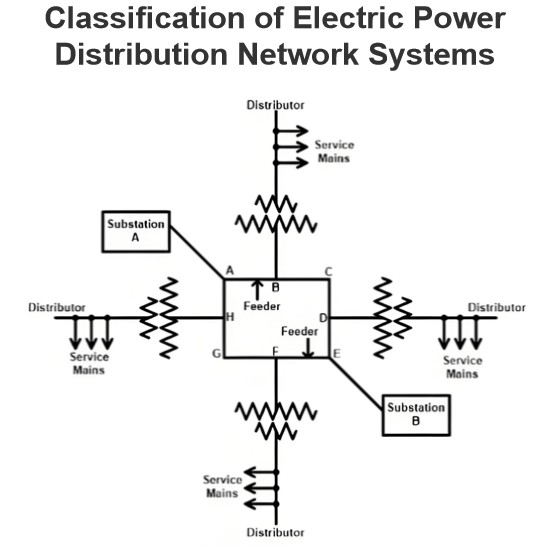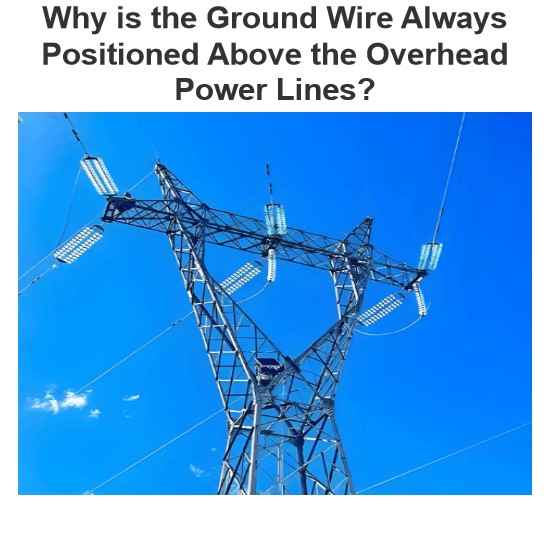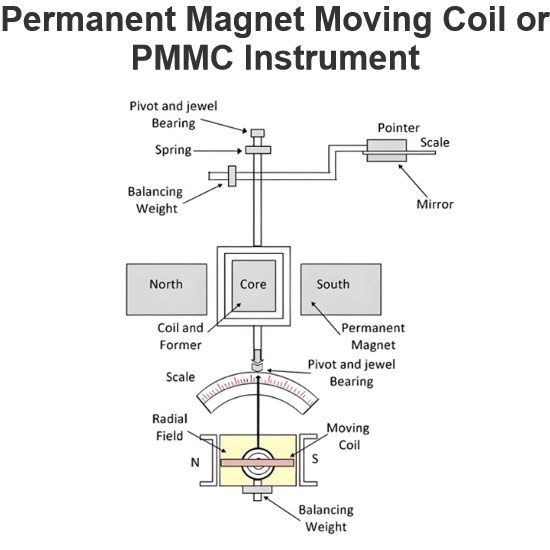Types of Overhead Conductor

Conductor is a physical medium to carry electrical energy form one place to other. It is an important component of overhead and underground electrical transmission and distribution systems. The choice of conductor depends on the cost and efficiency. An ideal conductor has following features.
It has maximum electrical conductivity.
It has high tensile strength so that it can withstand mechanical stresses.
It has least specific gravity i.e. weight/unit volume.
It has least cost without sacrificing other factors.
Types of Overhead Conductor
In early days copper ‘Cu’ conductors was used for transmitting energy in stranded hard drawn form to increase tensile strength. But now it has been replaced by aluminum ‘Al’ due to following reasons:
It has lesser cost than copper.
It offers larger diameter for same amount of current which reduces corona.
Corona: is ionization of air due to higher voltage (usually voltage above critical voltage) which causes violet light around the conductor and hissing sound. It also produces ozone gas therefore it is undesirable condition.
Aluminium also has some disadvantages over copper i.e.
It has lesser conductivity.
It has larger diameter which increase surface area to air pressure thus it swings more in air than copper so larger cross arms required which increases the cost.
It has lesser tensile strength ultimately larger sag.
It has lesser specific gravity (2.71gm/cc) than copper (8.9 gm/cc) cc = cubic centimeter.
Due to lower tensile strength aluminium is used with some other materials or its alloys
AAC (All Aluminium Conductor)
It has lesser strength and more sag per span length than any other category.
Therefore, it is used for lesser span i.e. it is applicable at distribution level.
It has slightly better conductivity at lower voltages than ACSR i.e. at distribution level
Cost of ACSR is equal to AAC.
ACAR (Aluminium Conductor, Aluminium Reinforce)
It is cheaper than AAAC but pro to corrosion.
It is most expansive.
AAAC (All Aluminium Alloy Conductor)

It has same construction as AAC except the alloy.
Its strength is equal to ACSR but due to absence of steel it is light in weight.
The presence of formation of alloy makes it expensive.
Due to stronger tensile strength than AAC, it is used for longer spans.
It can be used in distribution level i.e. river crossing.
It has lesser sag than AAC.
The difference between ACSR and AAAC is the weight. Being lighter in weight, it is used in transmission and sub-transmission where lighter support structure is required such as mountains, swamps etc.
ACSR (Aluminium Conductor Steel Reinforced)

It is used for longer spans keeping sag minimum.
It may consist of 7 or 19 strands of steel surrounding by aluminium strands concentrically. The number of strands are shown by x/y/z, where ‘x’ is number of aluminium strands, ‘y’ is number of steel strands and ‘z’ is diameter of each strand.
Strands provide flexibility, prevent breakage and minimize skin effect.
The number of strands depends on the application, they may be 7, 19, 37, 61, 91 or more.
If the Al and St strands are separated by a filler such as paper then this kind of ACSR is used in EHV lines and called expanded ACSR.
Expanded ACSR has larger diameter and hence lower corona losses.
IACS (International Annealed Copper Stand)
It is 100% pure conductor and it is standard for reference.
Statement: Respect the original, good articles worth sharing, if there is infringement please contact delete.
Electrical4U is dedicated to the teaching and sharing of all things related to electrical and electronics engineering.













